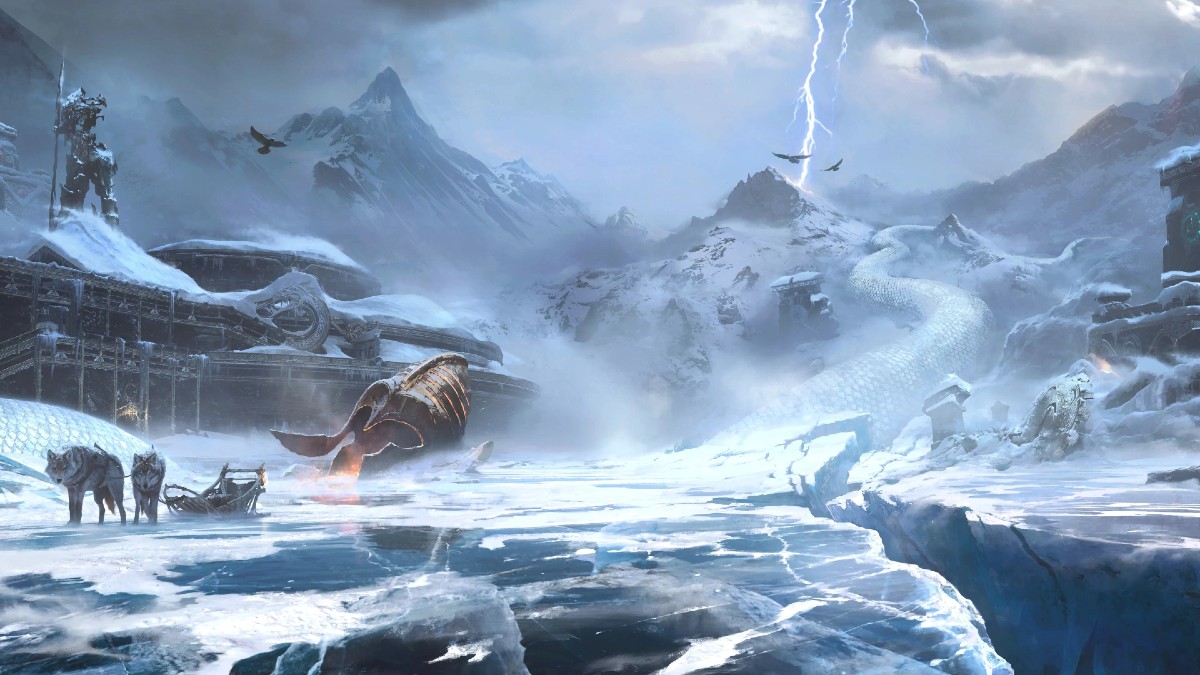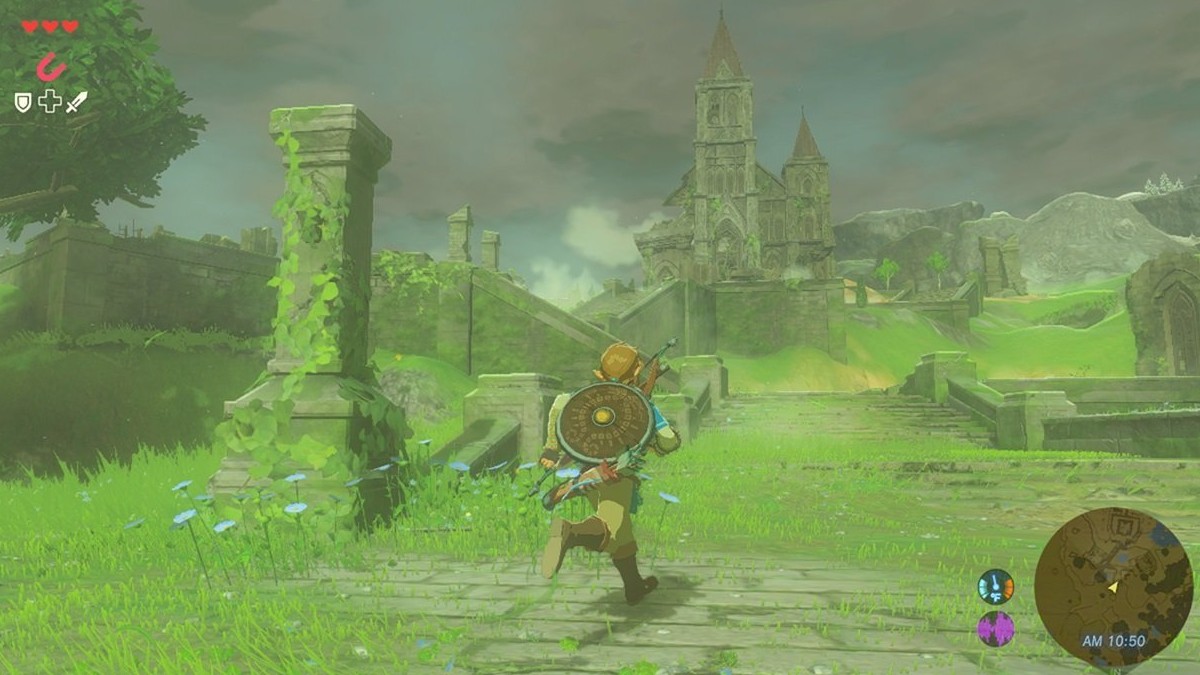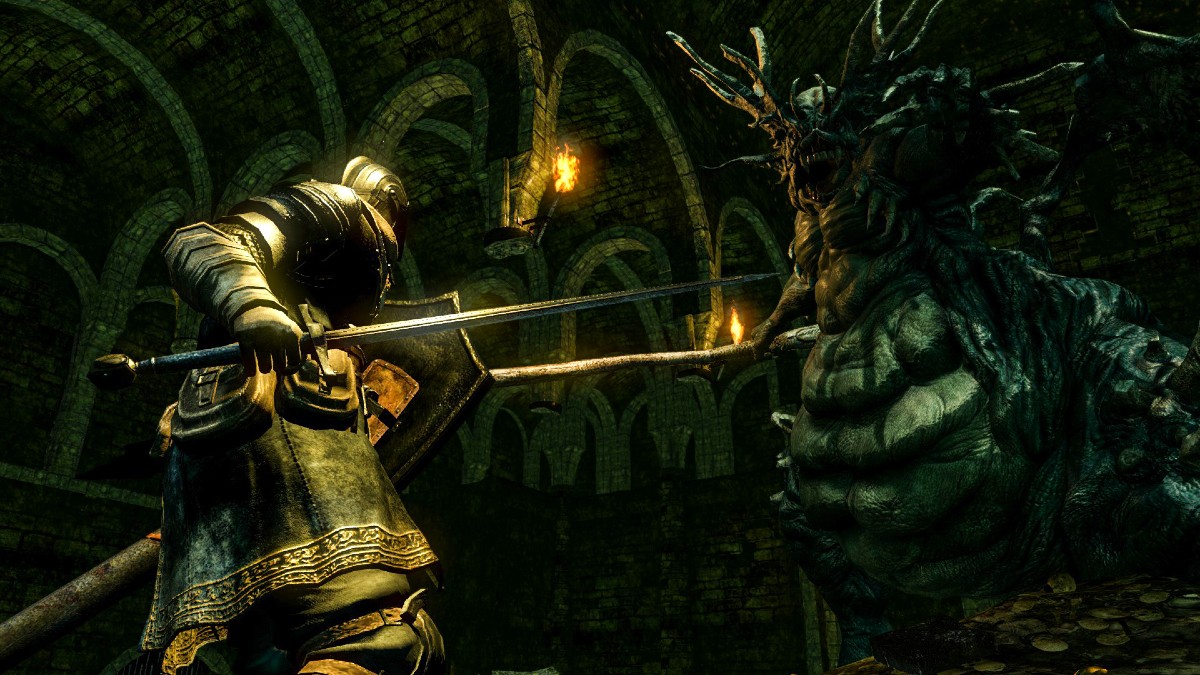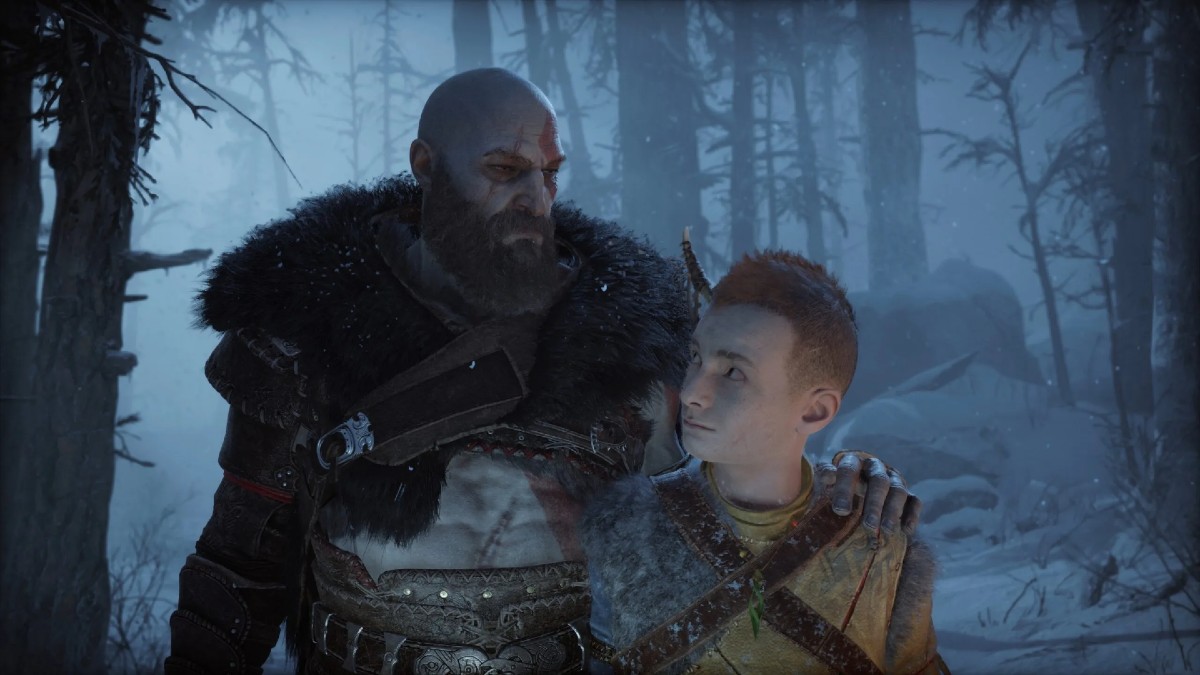There’s nothing wrong with a little guidance
It’s no secret that games are getting longer and bigger than they ever have been. “Hundreds of hours of content” is now a selling point for some of the biggest AAA titles, and as someone who’s already struggling to get through their backlog in a timely manner, huge, multi-week/month endeavors can sometimes be more overwhelming than they are exciting. Take God of War Ragnarok, for example. It’s not a game I really have the capacity to play right now, but my roommate, on the other hand, just finished a playthrough.
We’ve both worked in the industry for a while, so gaming is something of a communal activity in our house. Our shared PS5 is in the living room, so it’s common that we’ll sit together to watch the other one play the game du jour. I was able to watch the majority of her playthrough, and I’m glad I did because that game is just so huge, I don’t think I’d have the energy to even make it through the first Realm as of now.

As a semi-completionist, my roomie was determined to sew up as many of the side quests as possible, but started getting frustrated by the sheer size of the map. Even when the game pointed her in a general direction, which isn’t always the case the begin with, she relayed that she was still struggling to find many of the collectibles or side objectives. Further, she said she didn’t want to have to spend extra hours of her playthrough finding optional content because the game was already so long to begin with.
It reached a point where she finally threw up her hands and said something along the lines of, “I don’t care anymore, I’m looking up a guide.” I quickly felt the need to reassure her that doing so was just fine, everyone does it, which then prompted a discussion as to why we feel the need to justify ourselves in using these guides in the first place.
No matter the game, guide usage is always valid
When the map covers such a wide surface area, it becomes more and more of an investment — or time-sink — to keep looking for stuff as you go on. Especially when it comes to areas like Ragnarok’s Svartalfheim, which already takes a great deal of time and effort to navigate and simply get to your intended destination, further pursuing another objective that’s not even important to the plot (which is most of the reason we were invested, anyway) isn’t always ideal. There are plenty of players out there who absolutely adore turning over every virtual rock and finding every last detail, but I think for most players, anything that extends the downtime too far between the game’s actually interesting moments only hurts the experience in the long run.
That’s not to say I’m against the sheer existence of larger-scale open-world games, but I think there are some titles out there that strike a really nice middle ground, like Breath of the Wild. The 2017 entry in The Legend of Zelda franchise is already one of the best examples of the genre, but I think the way it presents its optional content like collectibles is especially compelling.

Although nowhere near the magnitude of maps in games like Horizon Forbidden West or God of War Ragnarok, the size of Breath of the Wild’s map isn’t insignificant. This is also helped by the fact that Hyrule is so chock full of sights to see and adventures to partake in that it feels bigger in comparison. Everything feels open and accessible, and yet the game has so many clever, hidden ways to encourage you toward the quests, items, and encounters that other titles might point you toward by plonking down a waypoint and calling it a day.
Even with all of the great design choices that I think make Breath of the Wild one of the most compelling open-world games of all time, I still looked up guides for that game all the freaking time. There were definitely a few shrine puzzles I got stuck on, and with my terrible sense of direction, there was no way I would ever make it out of the labyrinths without some extra help. I know for a fact that most of the players who got every single one of the game’s 900 Korok seeds didn’t achieve that without peeking at some guides.
With a little help from my friends
Similarly, part of what can make such large games feel difficult is not just how big the map physically is, but instead, the amount of depth and possibilities the player can encounter in the gameplay. Take a game like Dark Souls, for example. In discussing this same topic, a friend told me that years ago when he wanted to give a Soulsborne a try for the first time, he felt paralyzed in the game’s opening hours because there was just so much he didn’t know or understand.
There was a ton to learn about when it came to the gameplay loop, the items, and what the game expected from him. There were hordes upon hordes of enemies that required him to painstakingly learn their attack patterns and weaknesses. Then there’s the sheer muscle memory of the controls and getting into the rhythm of combat, looting, etc.

So what did my friend do? He ended up putting on a playthrough on YouTube and following along. He told me it felt like playing along with a friend, especially when it came to the player explaining the strategies he was using and why, and sharing little tips and tricks that could help anyone else get a hang of the genre. I always thought of Let’s Play videos as entertainment foremost – it never occurred to me that I could use them as a tool to help me break through those intimidating early hours. Maybe I’ll have to steal his strategy when I finally return to my save of The Witcher 3 that’s been sitting with only five hours of playtime.
Video games are about fun, right?
My larger point here is that the bigger games get, the more willing I am to use a guide, or any other kind of assistance. For a long time, it felt to me like there was a narrative being passed around in the gaming community that using a game guide made you less of a gamer, or something – like it was a way of cheating both the game and yourself.
The mantra I keep repeating over and over again is that I think playing video games is foremost about having fun, so that means anyone should be able to play a game however they want without fear of judgment. As noble as it all sounds, I still have this internalized sense of disappointment with myself when I “give in” and look up the way forward when I get stuck, or the solution to a puzzle when I’m about ready to pull my hair out in frustration. I bet it’s just a matter of pride, seeing as I’m a younger woman who got into games later in life than most people; like somehow if I beat all these games the “right way,” I could finally earn my stripes as a Real Gamer.
I’m slowly taking steps back into the world of more intensive game systems after a few years of focusing mostly on indie games – in spite of ongoing struggle and sheer exhaustion of fully entering adulthood for the first time, I’m finally putting some new energy into challenging myself to play the kinds of games that I’ve otherwise avoided. The irony in that challenge is that I’m allowing myself to look up more game guides.

Play how you want
The problem is that a lot of us — obviously myself included — look at guides more as a way of giving up, rather than a tool that we can use to help us enjoy one of our favorite hobbies. In the same way that the perception of not being a “real gamer” unless you beat a game on a harder difficulty has evolved to the point where many titles are including easier story modes and accessibility settings to cater to all kinds of players, the perception of using game guides has changed a lot, too.
I think this small moment in the midst of my roommate’s God of War Ragnarok playthrough stuck out to me most because it was a reminder that I don’t need to be hard on myself, especially when no one else really cares. Hell, no one even has a way of knowing if I played a game using guides. Just play what you want however you want, because the people who are going to judge you for it aren’t likely worth listening to in the first place.







